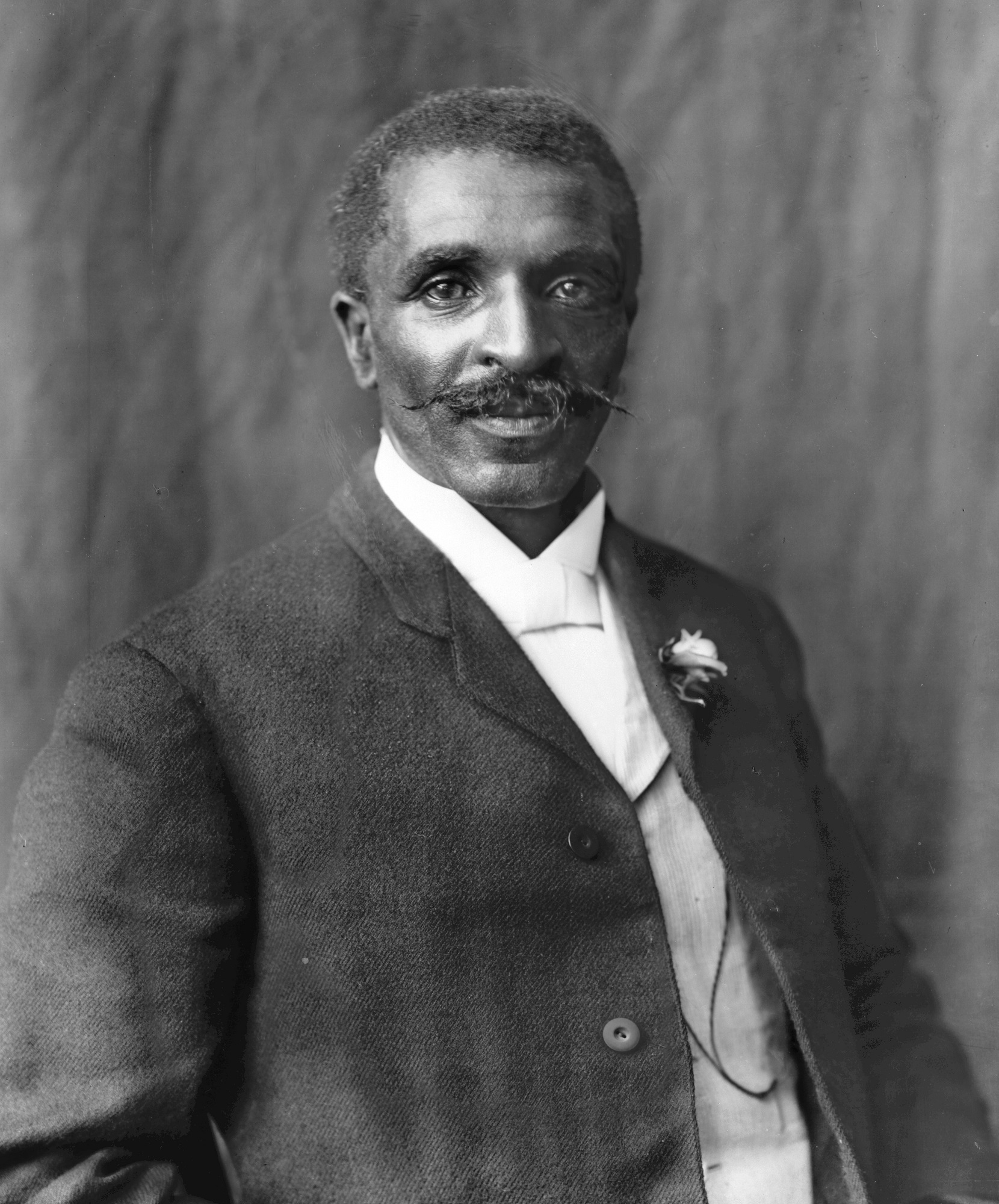
LGBTQ+ People in STEM
LGBTQ+ people have always been present in science, technology, engineering and maths (STEM), but their lives and the impact of their contributions have not always been visible. As part of LGBTQ+ History Month, we’re highlighting some fascinating figures who have made a huge impact through their inspirational ideas and dynamic discoveries.
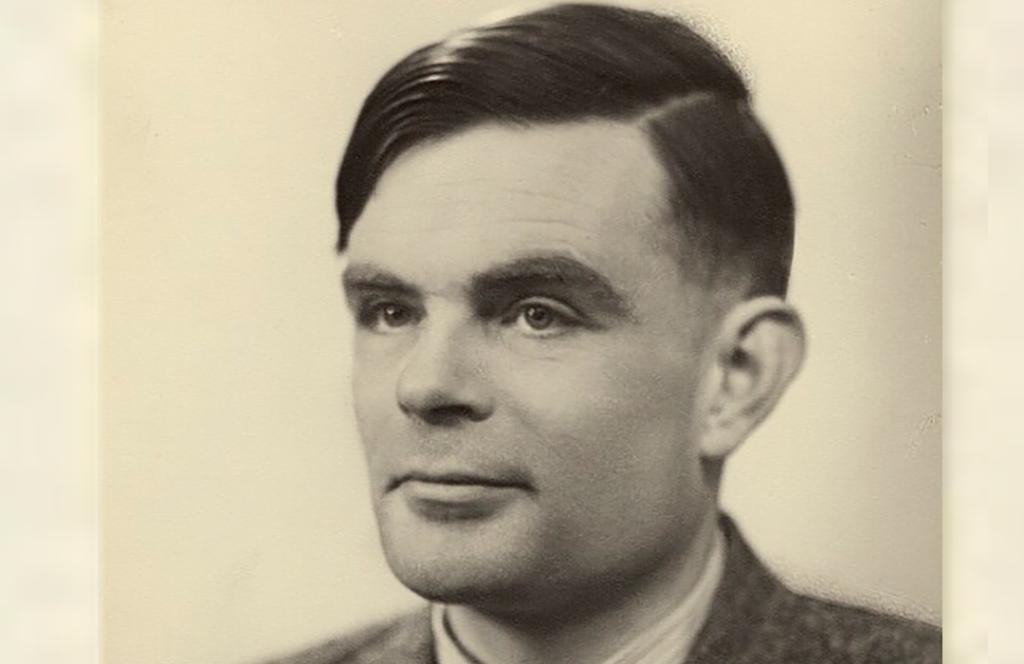
Historically, many LGBTQ+ people kept their gender or sexuality hidden to avoid persecution or punishment. Evidence for queer lives in the past is also harder to find, as prejudiced historians refused to document experiences they considered shameful at the time. Thankfully, contemporary researchers are beginning to uncover many significant stories, but much of this has tended to focus on the lives of British and American (often white) LGBTQ+ people. Hopefully, future research projects will address this imbalance and reflect the rich diversity of experiences in the sciences.
Even today, there is strong evidence that LGBTQ+ people do not feel represented in the sciences. If we are truly interested in making science open to everyone, we need to do more to make our LGBTQ+ communities feel welcome. In the UK, 28% of LGBTQ+ scientists in physics, chemistry and astronomy considered leaving their jobs because of discrimination at work and for trans scientists this figure was particularly high, rising to around 50%. It’s a similar story in the US, where it is estimated that half of LGBTQ+ people in STEM did not feel able to be out in the workplace.
We think showcasing significant STEM stories is one way of increasing visibility and inspiring current and future LGBTQ+ scientists! So let’s explore the lives of some fascinating LGBTQ+ people in STEM, past and present.
After you’ve checked out the stories below, visit Pride in STEM to explore some of these issues further.

George Washington Carver (c.1860 – 1943)
Chemist and Botanist
George Washington Carver was a pioneering agricultural scientist. His research into soil conditions and the cultivation of plant-based produce transformed the lives of poor farmers.
Carver was born into slavery in Missouri and was adopted and raised by his former slave owners following abolition in 1865. In the fields surrounding his childhood home, Carver discovered a lifelong love of plants. In 1892, he followed his passion and enrolled at Iowa State College to study agriculture. After receiving a Masters degree, he became the first black faculty member at Iowa State, before leaving for Alabama to run the Agricultural Department at the Tuskegee Institute.
At the turn of the 20th century, crop yields in the American South were suffering. Decades of cotton farming had robbed the soil of much needed nutrients. Carver researched revolutionary new crops, which could be rotated to enrich the earth and created a mobile classroom to share his findings with poor farming families. He also invented several hundred plant-based products and encouraged farmers to cultivate peanuts for the first time, which became an American staple in the 1940s. Without Carver we might never have tasted peanut butter!
Like many of his contemporaries, Carver never made any conclusive statements about his sexuality. However, rumours circulated about his relationships with his male students. He also chose to live out the last decade of his life with his assistant Curtis Austin Jnr.
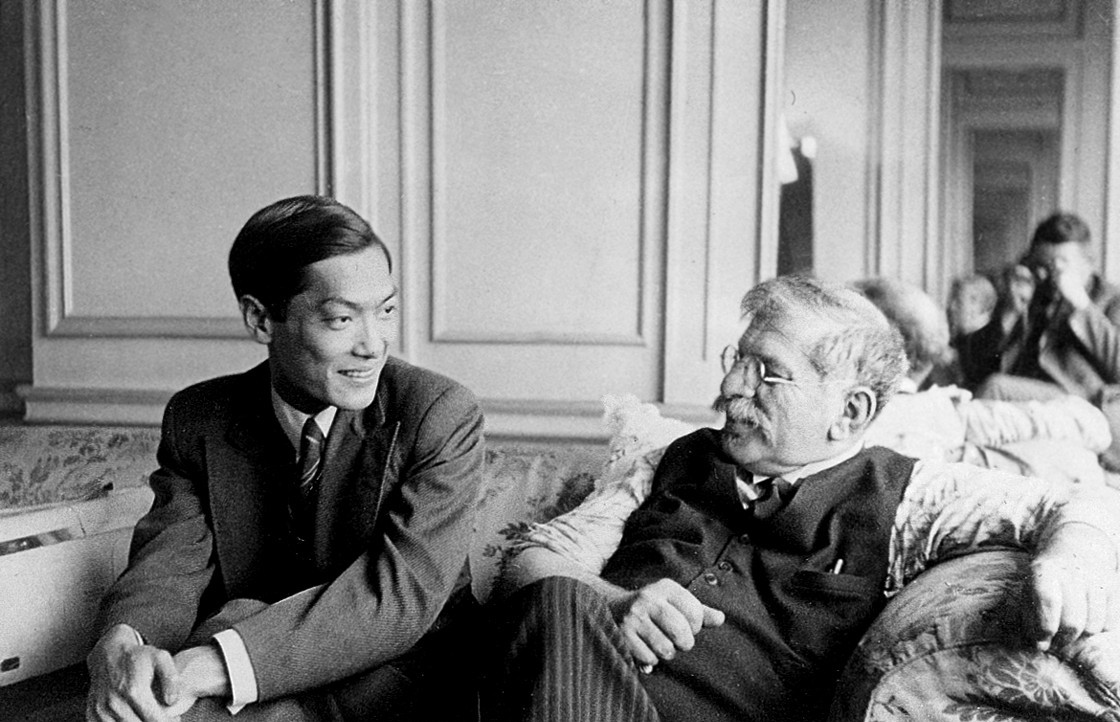
Magnus Hirschfeld (1868-1935)
Sexologist and LGBTQ+ Activist
German sexologist Magnus Hirschfeld laid the foundations for contemporary understandings of human sexuality. He also launched the world’s first gay rights organisation in Berlin, which would eventually bring him into conflict with the Nazi party in the 1930s.
In 1897, Hirschfeld established the Scientific Humanitarian Committee (SHC), which challenged homophobic prejudice, promoted research into sex and sexuality and lobbied for the decriminalisation of homosexuality. His campaigning led to a debate in 1898 in the German parliament about Paragraph 175, a law that made homosexuality illegal (it was not fully revoked until 1994).
Hirschfeld also pioneered research into sex and sexuality and was the first person to organise a scientific survey of queer people. In 1919, he created the Institute for Sexual Science (ISS). The ISS saw over 20,000 people each year and provided advice for gay and transgender people, hormonal therapies, counselling and sex reassignment surgeries. Lili Elbe (better known as The Danish Girl) was one of Hirschfeld’s early clients.
The ISS housed an extensive library, museum and archive which was plundered and destroyed in 1933, during the Nazi campaign to eliminate homosexuality in Germany. The institute was closed and Hirschfeld lived out the rest of his life in exile.
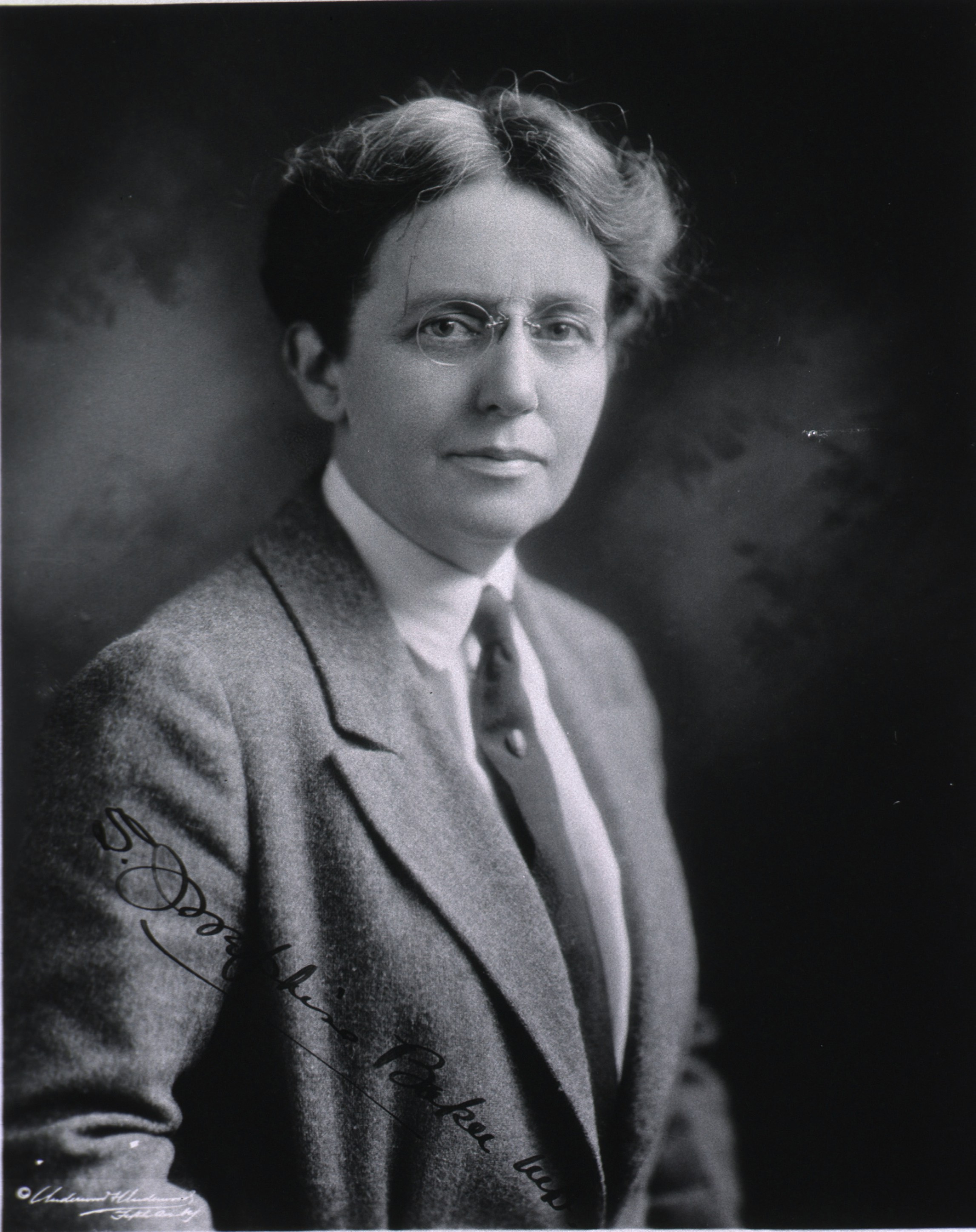
Sara Josephine Baker (1873-1945)
Physician
Doctor Jo, as she was known, was the first director of New York’s Bureau of Child Hygiene and a pioneer in public-health. At the beginning of the 20th century, New York City was in a health crisis, caused primarily by the poverty and unsafe conditions of the tenement slums. It is estimated that 4500 people were dying every week from preventable illnesses such as dysentery, typhoid and diphtheria.
Some of the most infamous pandemics of the time were the Typhoid outbreaks of 1906, which were traced back to one Irish cook, often referred to as Typhoid Mary. While she displayed no symptoms herself, Mary was spreading Typhoid through food she was preparing for others. Dr Baker was dispatched to explain the dangers to the cook and, eventually, arranged for her to be quarantined as a carrier of the bacteria Salmonella typhi.
Throughout her career, Baker pioneered programs which focused on disease prevention and education. She was passionate about developing the public understanding of science and promoting safe childcare practices. Baker established the Federal Children’s Bureau in 1909, which revolutionised health and hygiene for children, improving infant mortality rates across the USA. It is estimated that she saved the lives of 90,000 children in New York alone and countless others through her promotion of sanitation and preventive medicine.
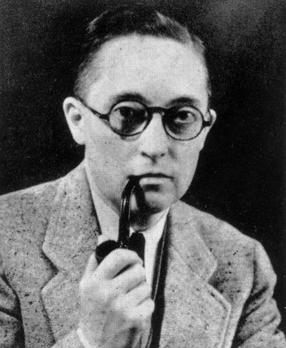
Alan L. Hart (1890-1962)
Physician, Radiologist and Novelist
Alan L. Hart’s ground-breaking work saved thousands of people from Tuberculosis, one of the deadliest diseases in the world at the beginning of the 20th century. In 1918, he was also the first transgender man in the United States to transition through surgery.
After graduating from the University of Oregon Medical School in 1917, Alan L. Hart studied for an MA in Radiology from the University of Pennsylvania. He was the first person to propose the use of x-rays to detect the early signs of tuberculosis. Hart set up screening clinics in Idaho and other rural areas, preventing the spread of disease and improving recovery rates in infected people.
His career as a doctor and researcher was often difficult and punctuated by regular upheaval. Hart was outed by former colleagues and students, which resulted in the closure of his medical practice in Oregon. Despite these difficulties, Hart was a leading figure in his discipline and lived with his wife of 37 years, until his death of heart failure.
Hart was also a successful novelist, writing about queer characters in medicine. His semi-autobiographical book The Undaunted (1936) focused on a gay radiologist who faced discrimination in the workplace.
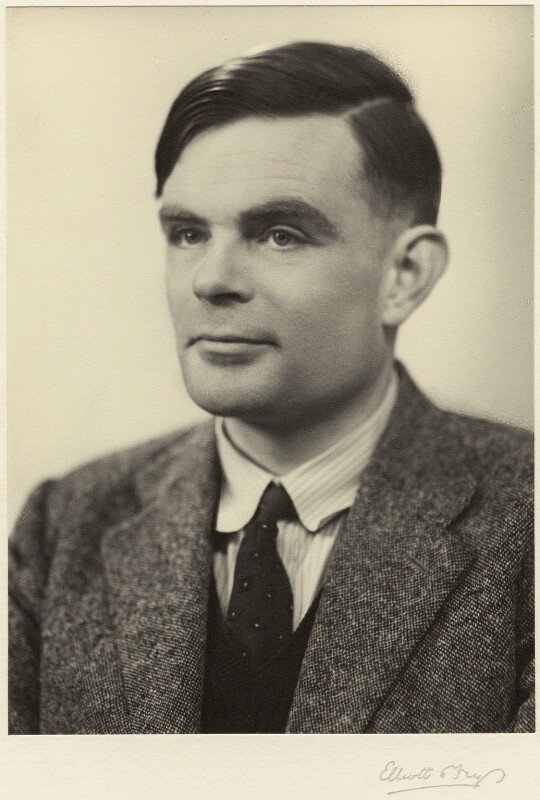
Alan Turing (1912-1954)
Mathematician, Computer Scientist and Cryptanalyst
Alan Turing is best known for cracking the German enigma code at Bletchley Park during the Second World War. An often quoted statistic suggests that Turing and his colleagues shortened the conflict by at least two years saving millions of lives on the home front and on the front lines. The Bombe machine used to crack the code could run through 17,576 possible answers in just 20 minutes. You can visit a replica in our AI: More than Human exhibition in 2021. Over his life, Turning developed many other theoretical computing devices, and is considered by many to be the father of modern computers.
Turing saw the huge untapped potential of the computing machines he was creating and famously posed an intriguing philosophical question – if these computers become capable of imitating a human response, can we them consider them capable of thought? Turing’s simple test stated that if a person was unable to distinguish a computer’s answer to a question from a human response, then the machine would have successfully played, what he referred to as the “imitation game”. The Turing Test has an enduring legacy in the field of artificial intelligence today.
Tragically, Turing was persecuted for his sexuality. In 1952, he was investigated for “acts of gross indecency” after revealing to police that he had a male lover in his house. He was threatened with imprisonment, encouraged to accept a year-long course of hormone treatments to suppress is sexual urges, and was under police surveillance. Turing was found dead, as a result of cyanide poisoning, in his home in Wilmslow, Cheshire in 1954.
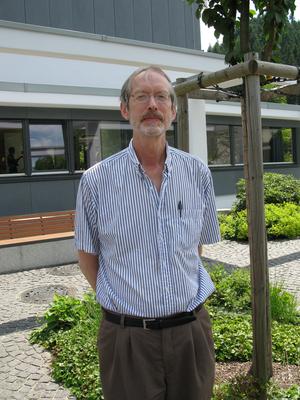
Robert D. Macpherson (1944-) and Mark Goresky (1950-)
Mathematicians
Robert D. Macpherson and Mark Goresky are incredible mathematicians. In the 1970s, they invented a new theory together, intersection homology, which has transformed the field of mathematics.
Macpherson and Goresky’s research completely changed the way mathematicians understood singularities. A singularity is a place or entity where the usual rules no longer apply. Black holes, for example, are singularities and could only previously be understood by calculating the space around them. Thanks to Goresky and Macpherson, mathematicians can now understand these complex phenomena in a more direct way. Impressive.
Through their intensive work, Macpherson and Goresky developed a deep connection. They have been living and working as a couple since the 1980s.
Mark Goresky has taught at the University of British Columbia in Vancouver and Northeastern. Robert Macpherson is a Professor and researcher at the Institute of Advanced Studies in Princeton.
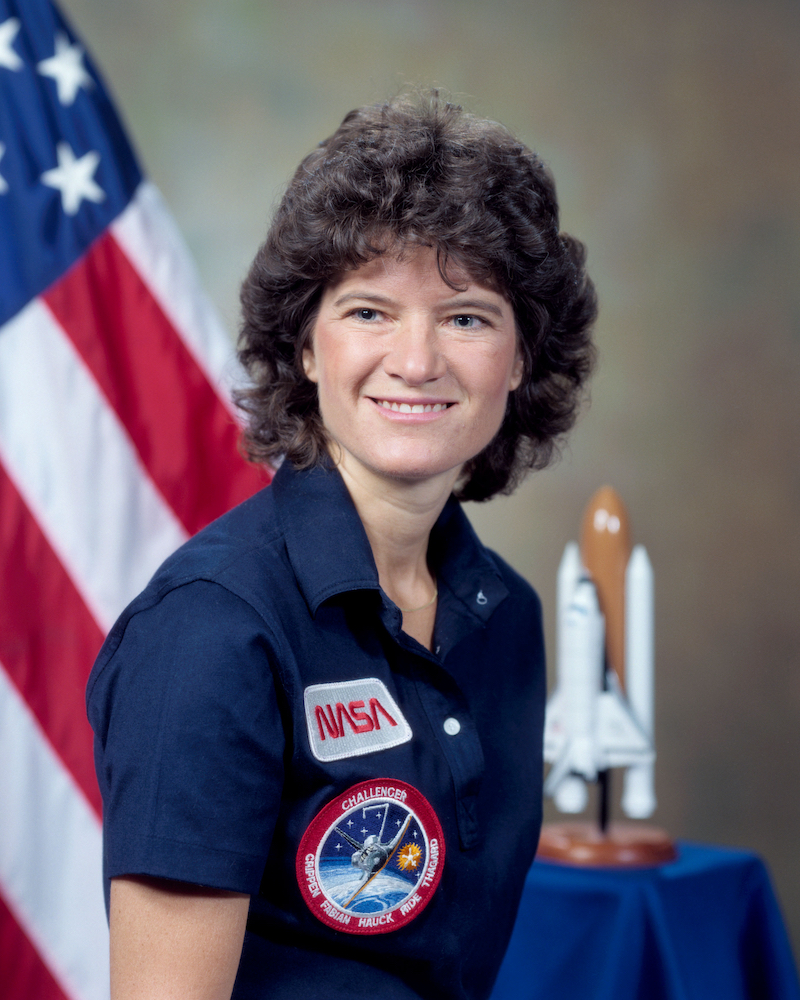
Sally Ride (1951-2012)
Astronaut
Sally Ride was the youngest ever astronaut at 32 and the first American woman in space.
NASA was formed in 1958, but it wasn’t until 1977 that women were able to join the aeronautics programme (the underappreciated role of women at NASA is well documented). Of thousands of applicants for the Class of ‘78, only 35 were chosen to train for space-flight, and of those only 6 were women. At the time many commentators within and outside the organisation claimed that women weren’t suited to NASA’s mission. The official message was that women were unable to join astronaut-training as they weren’t skilled test-pilots, a role the US Air Force reserved only for men. Yet by the late 1970s NASA began to prioritise a candidate’s scientific expertise. Sally Ride, a Stanford Astrophysics graduate with a specialism in free-electron lasers, saw the initial newspaper advert and decided to give it a shot.
Working at NASA had its challenges, but Ride’s contributions in the CAPCOM ground-support crew, and later in the development of a robotic arm for use on the shuttle earnt her a space on the 1983 mission.
Despite her fame, Ride was known to be enigmatic and guarded her privacy fiercely. While many offers were made to tell her story in print or on film, Ride refused them all determined to control how her name was used. In 2001 she set up Sally Ride Science, providing scientific programmes and teacher training in the effort to “make science cool again”, particularly for young girls who are still underrepresented in the field.
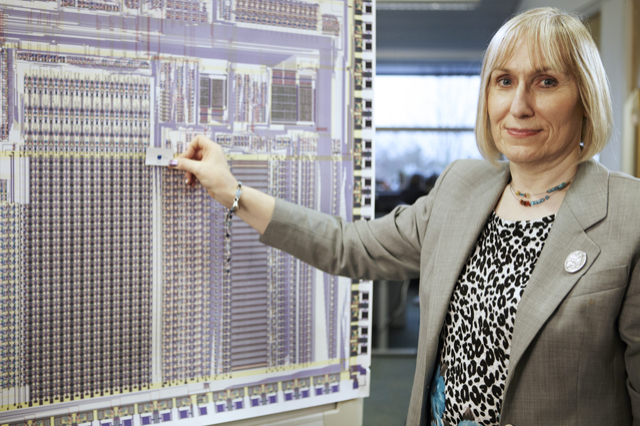
Sophie Wilson (1957-)
Computer Scientist
There’s a good chance you’ve never heard her name but you carry Sophie Wilson’s technology with you every day. You may even be reading this on a smartphone she contributed to.
In the early 80’s, Wilson and her team at Acorn Computers developed a type of computer processor which would use very little power, was small and could be produced cheaply and quickly. The processor is called ARM, which was used to develop the Acorn Computer, a small personal computer that people could have in their own homes. When the technology was applied to Motorola devices, enhancements were made, successfully condensing the data even further to squeeze everything inside a hand-held mobile phone. This ARM technology is present in more than 60% of all smartphone devices today. The key element? The processor can run on a tiny amount of energy – less than a tenth of a watt.
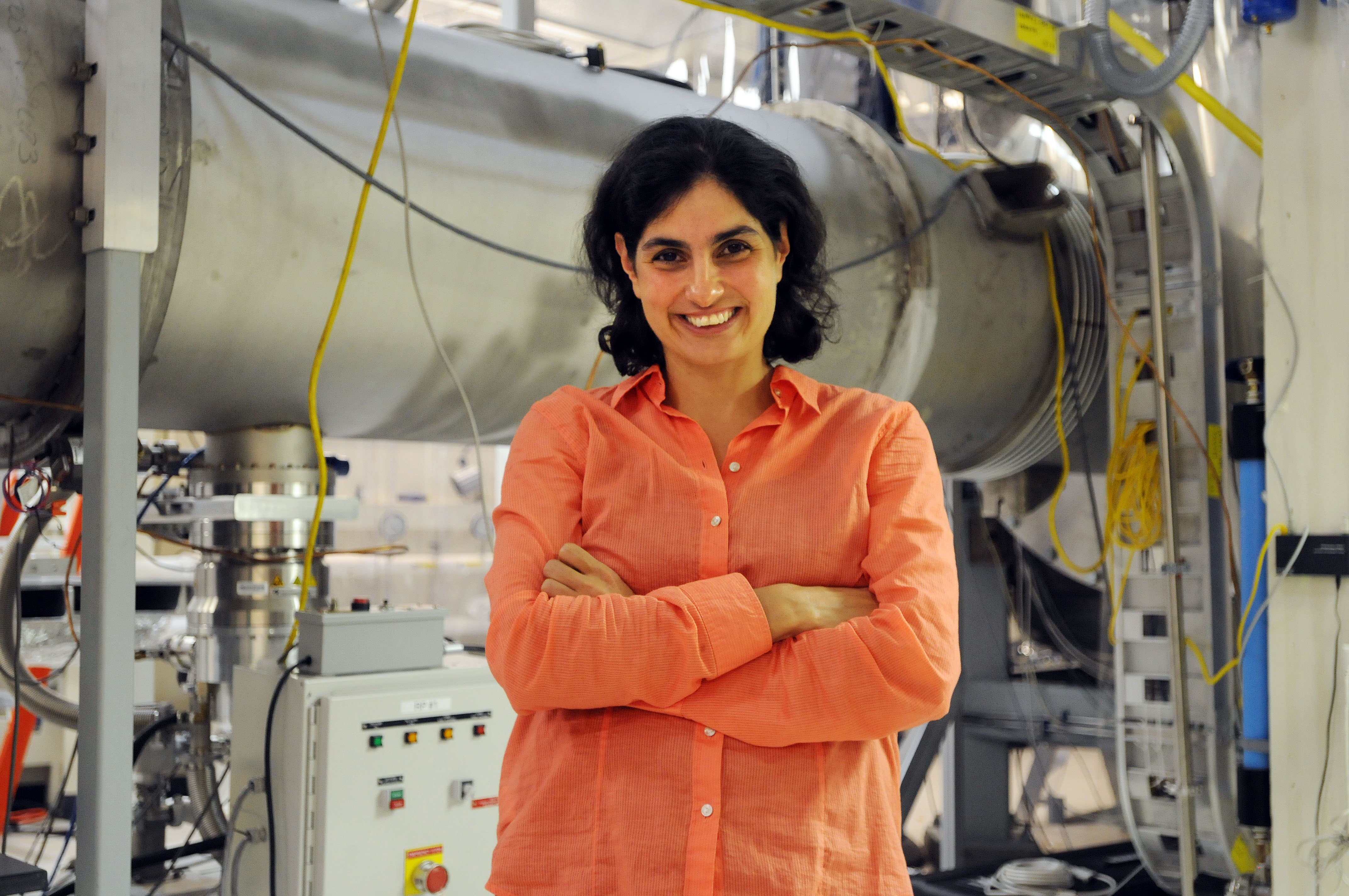
Nergis Mavalvala (1968-)
Astrophysicist
In 2015, Nergis Mavalvala was among the team of scientists who first observed gravitational waves from the collision of two black holes. Gravitational waves – extremely faint ripples in space time – were a previously unproven phenomena, predicted by Einstein in his theory of general relativity. This momentous discovery is set to revolutionise the way we see and understand the universe, including the direct observation of dark matter.
Mavalvala was born in Lahore, Pakistan. After graduating from high school, she moved to the United States to study physics and astronomy at Wellesley College. She completed a doctorate in astrophysics at the Massachusetts Institute of Technology (MIT). She later joined the faculty at MIT in 2002 and was the first woman to be named Dean of Sciences there in 2020.
She is an openly gay Pakistani-American and describes herself as an “out, queer person of colour”. Mavalvala is a strong advocate LGBT people in STEM and challenges racial and social injustice within the sciences. Nergis Mavalvala was the recipient of a MacArthur genius award in 2010 and the 2014 LGBTQ Scientist of the Year.
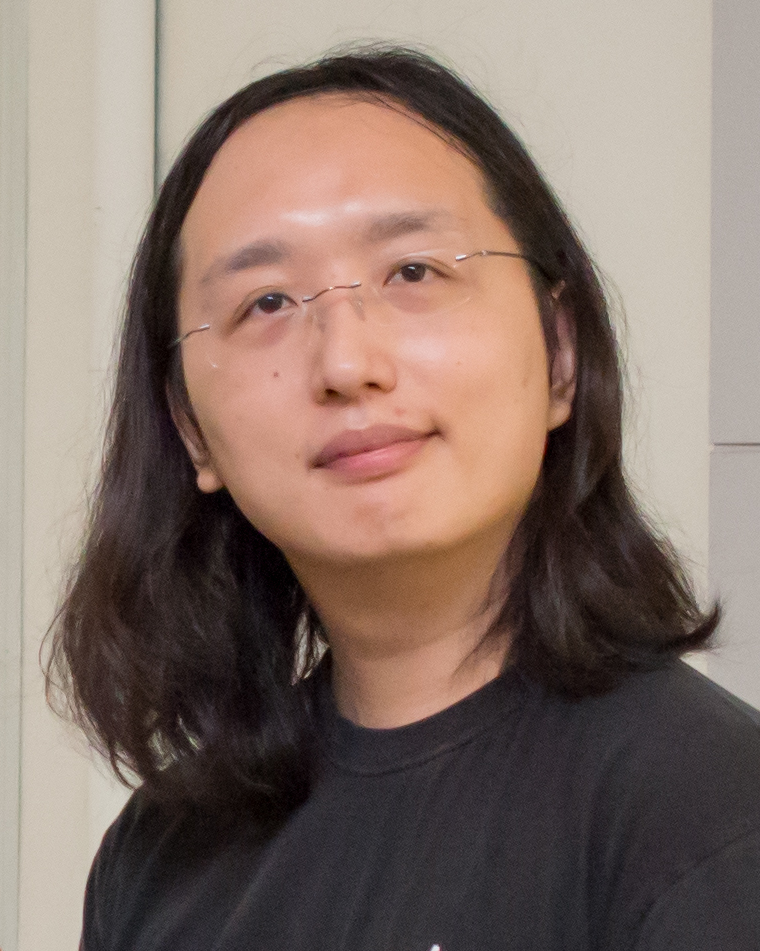
Audrey Tang (1981-)
Computer Scientist
Tang made a name as an open-source hacker, dedicated to the principles of democratic governance and transparent working practices. In 2014 Tang supported the Sunflower Protests, creating a hacking a method so that protest videos could be shared across Taiwan. Instead of treating these hacking practice as a threat, the Taiwanese Government gave Tang a job.
Joining the ministry at the age of 36, as a Minister without Portfolio (they aren’t connected to a single department as their skills can be applied to all areas of the government) Tang’s projects include a radical education programme teaching young people how to recognise fake news.
Most recently, Tang is credited with "hacking the Coronavirus", as a wave of panic buying swept the country and depleted stocks of face masks. Early in the coronavirus, crisis civic-minded programmers set up crowdsourced maps showing where masks were available for purchase. The “Mask Map” went viral with the public feeding in minute-by-minute information directing those in need to the shops with the most resources. Seeing the success of the map version 1, Tang jumped into action. With Tang’s support, the “Mask Map” grew into a government supported programme, open to the public, using information from the Taiwanese National Health Service to provide accurate and reliable information.
